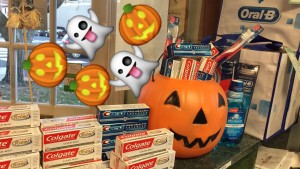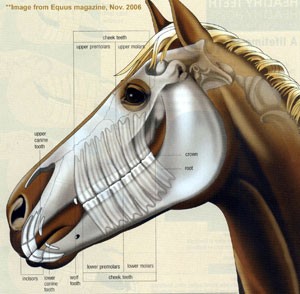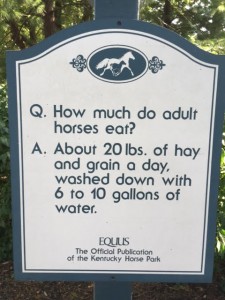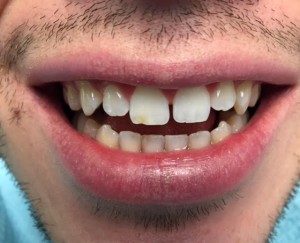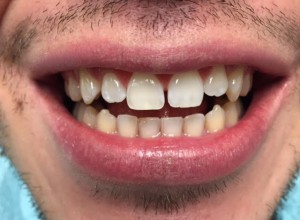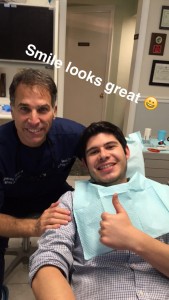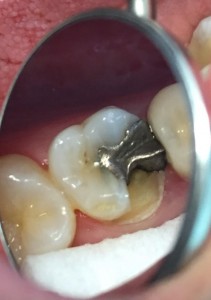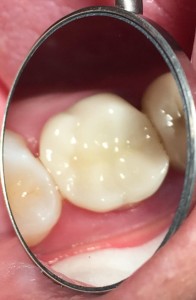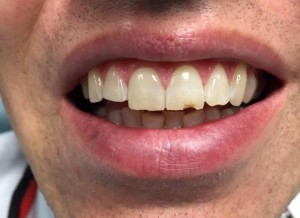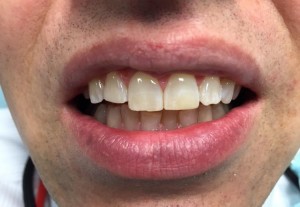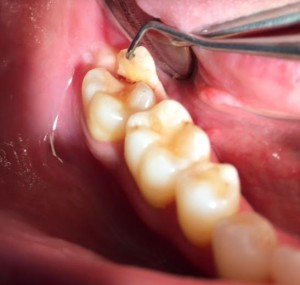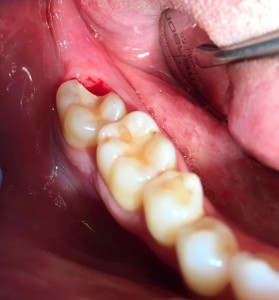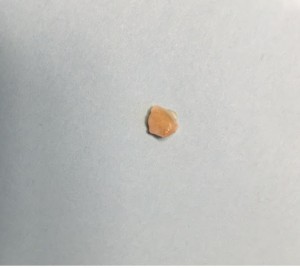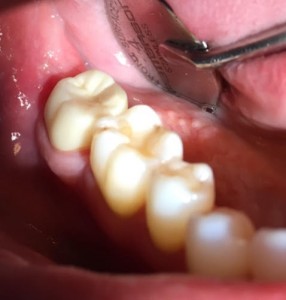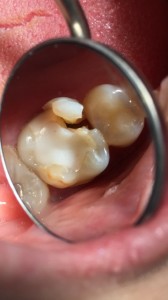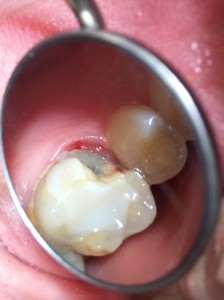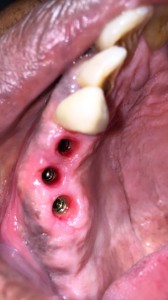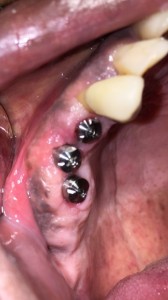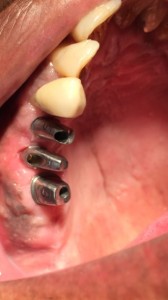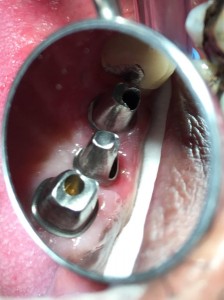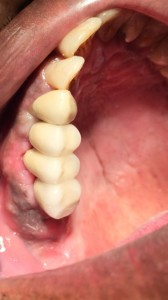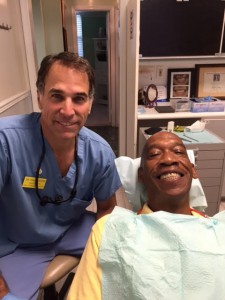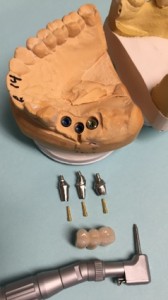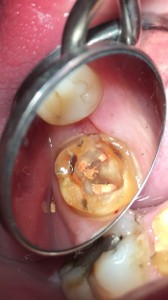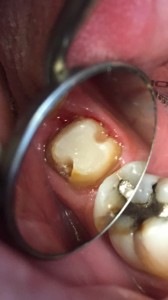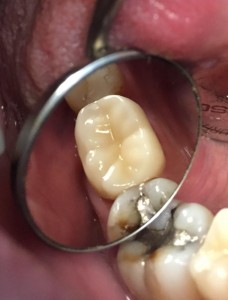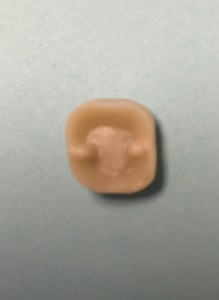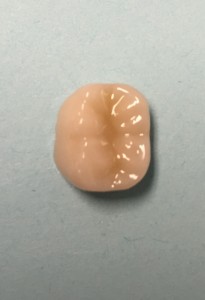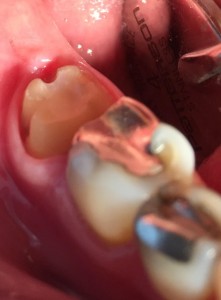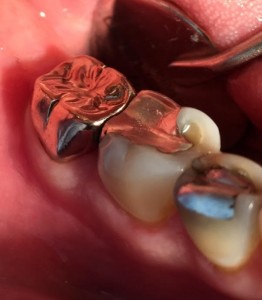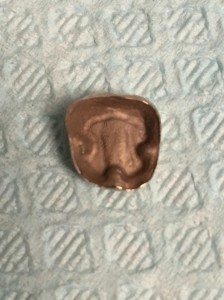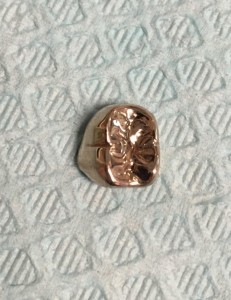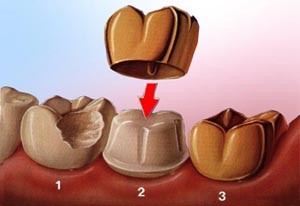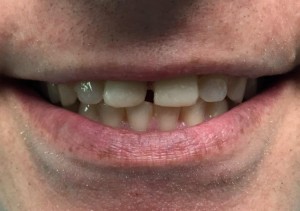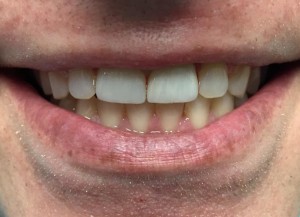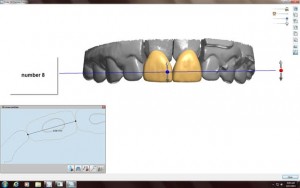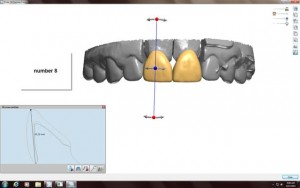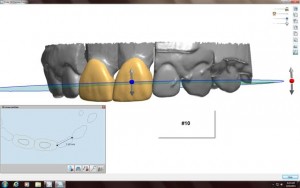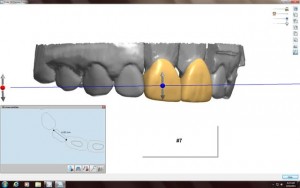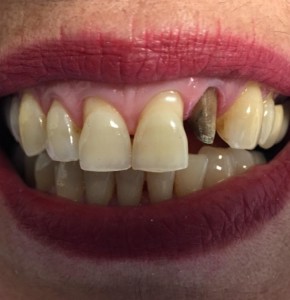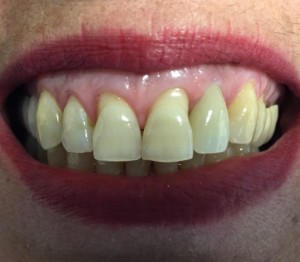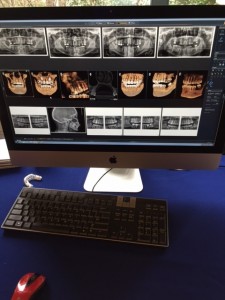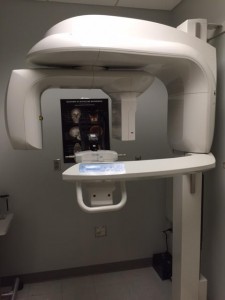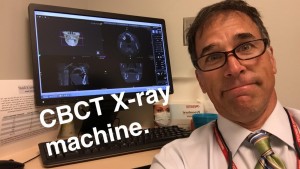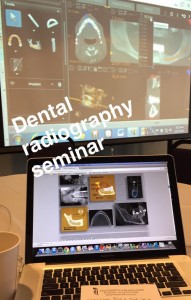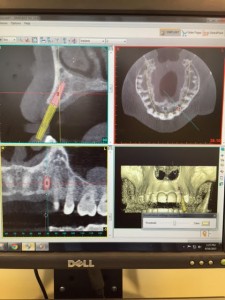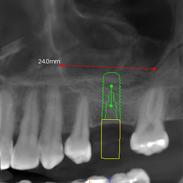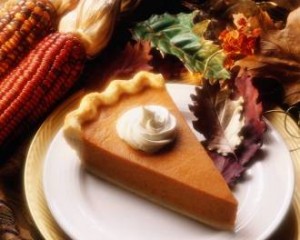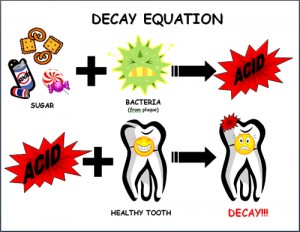The University of Maryland

Tips for Your Teeth: Halloween Edition
Tips for Healthy Teeth
- Eat Halloween candy right after meals. The saliva produced during meals will help dilute the acids produced by the mouth bacteria in response to the sugar and the saliva will help rinse away food particles.

- Avoid candy that lasts a long time. It’s the length of time the sugar is in your mouth that is the critical factor. The longer the candy is in the mouth the more damage to the teeth.
- Stay away from sticky candy. The longer the sugary candy is stuck to the teeth the more decay will occur. Stay away from gummy bears, sticky fudge and taffy. Stay away from sour candy. Sour candy is highly acidic leading to erosion of enamel.
- Drink more water. Tap water with fluoride is best. This will help wash away the candy.
- Eat good healthy foods and don’t fill up on sugary candy. You need good nutrition for healthy teeth and gums.
- Stay away from sodas and sports drinks. The frequent contact with the sugary liquid will increase damage to teeth.
- Chewing sugarless gum after eating candy will cause increased saliva production, which will neutralize the acid in the mouth and wash away food.
- Brush as soon as possible after eating. If you ate sour or acidic foods rinse with water a few times first to neutralize the acid so not to push the acid into the enamel. Brush for two minutes.
- Floss! Flossing removes plaque and food stuck between the teeth where the toothbrush can’t reach.

- Visit your dentist regularly to catch dental problems early, and “treat” them before they get really scary. … Remember good oral health is a major contributor to good overall health.
by Philip A. Gentry, DDS, FAGD
Fellow, Academy of General Dentistry
Dean’s Faculty, Clinical Asst. Professor, Department of General Dentistry, Advanced Education in General Dentistry,
University of Maryland School of Dentistry

